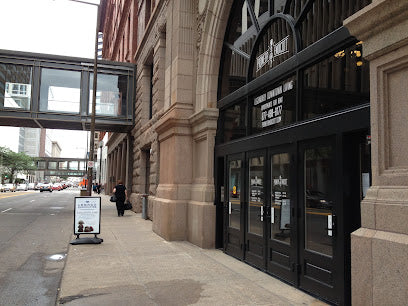Chocolate made its way back across the Atlantic Ocean with British settlers to the colonies, with the first chocolate factory established in pre-revolutionary New England in 1765.
At this time, the big chocolate players in Europe were becoming known: the Cadburys, the Frys, and the Rowntrees in England, and Nestlé and Lindt in Switzerland. It was Hershey and the Bakers who led the way to become prominent chocolatiers in the United States.
Many of the early industrial producers of chocolate were Quakers, who, barred from many professions, became industrialists. The Cadburys and Milton Hershey built model villages for their workforces, educated workers’ children, and provided health care and progressive working conditions for the time.
During World War II, the U.S. government recognized chocolate’s role in the nourishment and camaraderie of the Allied Armed Forces, so much so that it issued chocolate bars to soldiers, to give them energy to carry on until more food rations could be obtained. Milton Hershey invented this special nonmelting chocolate to send to American troops in their ration packs. Today, the U.S. Army’s Meals Ready to Eat still contain chocolate bars and chocolate candies, and chocolate has been taken into space as part of the diet of U.S. astronauts.
In our modern times, factories handle large-scale low-grade chocolate production while artisan food producers make chocolates with care, drawing from decades of tradition. At Legacy Chocolates, we are proud to continue this tradition. Stop by our St Paul store to sample the new generation of North American chocolatiers!




